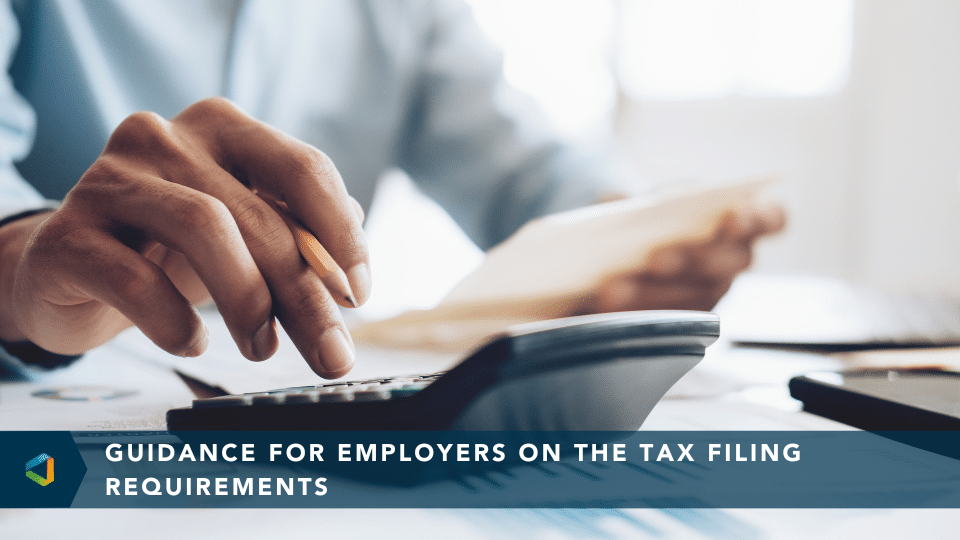Several steps have been taken in 2017 toward repealing the Affordable Care Act (ACA), including the introduction of the American Health Care Act (AHCA). Although the AHCA was withdrawn by Republicans, Congress may choose to pursue another ACA repeal and replacement bill in the future.
While the future of the ACA as a whole is currently unclear, some definitive changes have been made to some ACA taxes and fees for 2017.
- Implementation of the Cadillac tax on high-cost group health coverage was delayed for two years, until 2020.
- A moratorium applies for 2017 on the health insurance providers fee and the medical device excise tax.
- The reinsurance fee expired after 2016.
Employers should be aware of the evolving applicability of existing ACA taxes and fees so that they know how the ACA affects their bottom lines. OneDigital will continue to keep you informed of changes.
Overview
A federal budget bill enacted for 2016 made the following significant changes to three ACA tax provisions:
- Delayed implementation of the ACA’s Cadillac tax for two years, until 2020;
- Imposed a one-year moratorium on the ACA’s health insurance providers fee for 2017; and
- Imposed a two-year moratorium on the ACA’s medical device excise tax for 2016 and 2017.
In addition, the ACA’s reinsurance fee expired after 2016, although the 2016 fees will be paid in 2017.
Failure of the AHCA
On March 24, 2017, Republican leadership in the U.S. House of Representatives withdrew the AHCA—their proposed legislation to repeal and replace the ACA. A House vote was scheduled to take place on that day, but House Republicans could not secure enough votes to approve the legislation and, instead, canceled the vote. As a result, the ACA will remain in place at this time.
Because the House was unable to pass the AHCA, the ACA remains current law, and employers must continue to comply with all applicable ACA provisions. Both President Donald Trump and House Republican leadership have stated that they now intend to focus on other issues. Despite this, Congress may choose to pursue their own ACA repeal and replacement in the future.
Cadillac Tax Delayed
The ACA imposes a 40 percent excise tax on high-cost group health coverage, also known as the “Cadillac tax.” This provision taxes the amount, if any, by which the monthly cost of an employee's applicable employer-sponsored health coverage exceeds the annual limitation (called the employee’s excess benefit). The tax amount for each employee’s coverage will be calculated by the employer and paid by the coverage provider who provided the coverage.
Although originally intended to take effect in 2013, the Cadillac tax was immediately delayed until 2018 following the ACA’s enactment. The 2016 federal budget further delayed implementation of this tax for an additional two years, until 2020. The 2016 federal budget bill also:
- Removed a provision prohibiting the Cadillac tax from being deducted as a business expense; and
- Required a study to be conducted on the age and gender adjustment to the annual limit.
There is some indication that this additional delay will lead to an eventual repeal of the Cadillac tax provision altogether. Over the past several years, a number of bills have been introduced into Congress to repeal this tax. Although President Trump has not directly indicated that he intends to repeal the Cadillac tax, he has stated that repealing and replacing the ACA is a main goal for his administration.
The AHCA would have delayed the Cadillac tax’s effective date even further, so that it would have applied only for taxable periods beginning after Dec. 31, 2025. However, the AHCA was withdrawn before the House vote.
Moratorium on the Providers Fee
Beginning in 2014, the ACA imposed an annual, nondeductible fee on the health insurance sector, allocated across the industry according to market share. This health insurance providers fee, which is treated as an excise tax, is required to be paid by Sept. 30 of each calendar year. The first fees were due Sept. 30, 2014.
The 2016 federal budget suspended collection of the health insurance providers fee for the 2017 calendar year. Thus, health insurance issuers are not required to pay these fees for 2017. Employers are not directly subject to the health insurance providers fee. However, in many cases, providers of insured plans have been passing the cost of the fee on to the employers sponsoring the coverage. As a result, this one-year moratorium may result in significant savings for some employers on their health insurance rates.
Moratorium on the Medical Devices Tax
The ACA also imposes a 2.3 percent excise tax on the sales price of certain medical devices, effective beginning in 2013. Generally, the manufacturer or importer of a taxable medical device is responsible for reporting and paying this tax to the IRS.
The 2016 federal budget suspended collection of the medical devices tax for two years, in 2016 and 2017. As a result, this tax does not apply to sales made between Jan. 1, 2016, and Dec. 31, 2017.
Reinsurance Fees
Under the ACA, health insurance issuers and self-funded group health plans must also pay fees to support a transitional reinsurance program for the first three years of Exchange operation (2014-16) to help stabilize premiums for individual market coverage. Fully insured plan sponsors do not have to pay the fee directly.
Because the transitional reinsurance program was operational only through 2016, reinsurance fees do not apply for 2017 and beyond (although the 2016 fees will be paid in 2017). Reinsurance fees may be paid in either one lump sum or in two installments. For the 2016 benefit year, reinsurance fees are due as follows:
Paid in Two Installments |
Paid in One Lump Sum |
|
|




